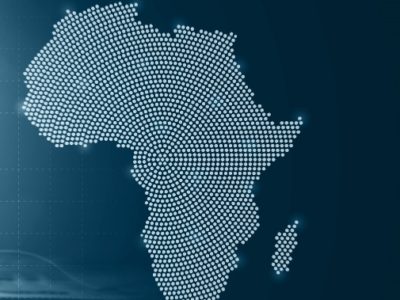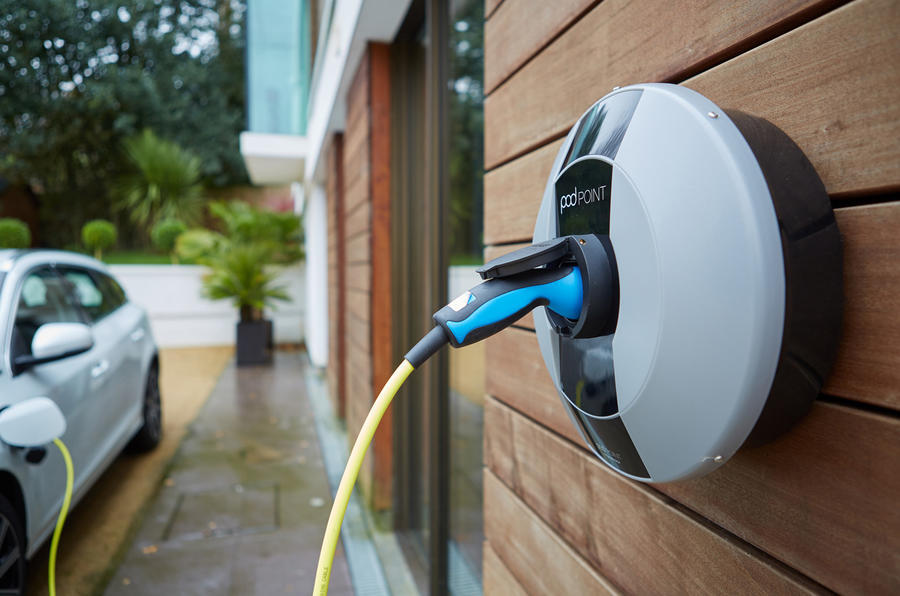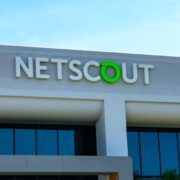By Sonny Aragba-Akpore
Elon Musk’s ambition to conquer technology and everyday living got a boost early in January 2024 when his SpaceX which owns Starlink satellite communications announced that it was introducing satellite to mobile communications services across the world.
RELATED: Danbatta commends Aragba-Akpore as renowned tech journalist signs out of NCC
Its plan primarily was to provide ubiquitous services around the globe and give a run for money to other mobile network operators and telecommunications companies (telcos).
With its communication satellites,Starlink introduced disruptive technologies and with satellite to mobile,the company creates further disruption in telecommunications ecosystem.
Musk’s foray into Nigeria fetched him six licences with a full bouquet capable of operating in many spheres and first received two licences, out of the six in May 2022 .
These were for International Gateway and the Internet service provider (ISP) licences, and began to trade as Starlink Internet Services Nigeria Ltd.
According to the Nigerian Communications Commission (NCC), the International Gateway licence has a 10-year tenure, while the ISP licence runs for five years. Both licenses took effect from May 2022 and may be renewed after the expiration.
Starlink came with disruptive technologies that are already making a world of difference for consumers and we looked on as if nothing was happening. The company came prepared.
With a total of six licenses from the NCC and various permits and approvals to flag off the business of internet services via satellite and equally signing Memorandum of Understanding (MoU) and distribution agreements with Nigerian companies including, Technology Distribution Africa (TD), a big distributor of major technology brands and promoted by a restless technology czar, Leo Stan Ekeh, Starlink showed it meant business.
The company didn’t stop there, it decided to take services to even the unserved and underserved communities in Nigeria and parts of Africa.
With its technology it said it will deploy nearly $30b over time for the Nigerian operations alone.
The government is excited that with the entry of Starlink,it may achieve 70% broadband connectivity by 2025 as enshrined in the National Broadband Plan (NBP) 2020–2025.
Starlink,s six licenses include that for ISP, Gateway Service Provider, international Data Access (IDA),Sales and Installation Major, Gateway Earth Station and Very Small Aperture Terminal (VSAT) thus making it a mega player and a big threat to other players in the industry.
Starlink officially announced its presence in Nigeria in January 2023. The company, which initially quoted its prices in dollars at $600 for the hardware and $43 for the subscription, changed to naira upon its official announcement.
“Starlink satellites provide Direct to Cell capabilities and ubiquitous access to texting, calling, and browsing wherever subscribers may be on land, lakes, or coastal waters,” it said.
“Direct to Cell works with existing long-term evolution (LTE) or fourth generation (4G) phones wherever you can see the sky. No changes to hardware, firmware, or special apps are required, providing seamless access to text, voice, and data,” the company added.
In January 2024, Elon Musk’s SpaceX launched its first set of Starlink satellites to provide cell phone service anywhere in the world. The company announced a milestone the billionaire warned can’t compete with terrestrial networks but will help plug cellular dead zones and boost global mobile connectivity.
Six of the 21 Starlink satellites launched in January 2024 are capable of connecting directly to cell phones, SpaceX said.
“They are the firm’s first ever direct-to-cell satellites and are designed to function as “a cellphone tower in space,” according to Starlink’s website.
SpaceX said the satellites were first used to test its Direct to Cell service in the United States, where the company has partnered with T-Mobile.
Once activated, the service began to connect with ordinary, unmodified phones without the need for extra equipment so long as they are 4G LTE-compatible, a standard T-Mobile covered the “vast majority of smartphones” already on its network back in 2022.
Starlink said it plans to roll out a text messaging service using the technology later this year and broader voice, data and IoT—the network of connected devices called the internet of things—services in 2025.
Musk celebrated the successful launch and said the satellites “will allow for mobile phone connectivity anywhere on Earth.” However, he noted there are limitations to the technology. “While this is a great solution for locations with no cellular connectivity, it is not meaningfully competitive with existing terrestrial cellular networks,” Musk said, pointing to the relatively limited bandwidth that is spread over a large area. Starlink also notes the satellites will let users connect “wherever you can see the sky.”
It has entered a working arrangement with Africa Mobile Networks (AMN), a mobile network operator that has deployed services in Nigeria and other countries in Sub-Saharan Africa.
AMN has been deploying rural base stations in Nigeria since 2018.
In 2023, AMN signed a deal with SpaceX to use Starlink’s satellite backhaul connectivity for its remote base stations in Africa.
AMN has connected over 100 rural base stations in Nigeria to Starlink’s Low Earth Orbit (LEO) satellite network. This has resulted in a 45% increase in traffic across these sites.
As at April 2024, AMN owned and operated more than 1,600 base stations nationwide. They increased that number to 2,000 by the end of June.
AMN’s ARN technology allows base stations to support up to five simultaneous carriers.
The combination of AMN’s ARN technology and Starlink backhaul has increased the capacity of Base Transceiver Stations (BTS) without requiring changes to the BTS software.
AMN is privately owned by 18 shareholders, including founders, angel investors, a VC fund, and one strategic investor.
Starlink’s constellation is now providing satellite backhaul to over 100 of Africa Mobile Networks’ rural base stations in Nigeria.
AMN also expects to double the number of base stations plugged into Starlink’s constellation in the country by the end of the year. The operator says on average traffic has increased by 45% across all sites that have been migrated to use Low Earth Orbit (LEO) backhaul.
AMN and Starlink signed a commercial agreement to use the satellites to connect the operator’s mobile network base stations with broadband services in 2023, and in April this year the first base station to do so went live in Yebu, Nigeria.
Since then, more than 100 terminals to other rural villages across the country have been hooked up, and AMN says that this means it is ‘able to unlock the full capability of the AMN Radio Node (ARN) to support the ever-increasing amounts of bandwidth and data volumes demanded by subscribers.’
The ARN is a multi-carrier and multi-technology (2G/3G/4G) radio node which can operate up to 5 simultaneous carriers in either 2G+ 3G or 2G+4G configuration, we’re told, and by using LEO backhaul in conjunction with it, AMN says it has been able to increase the BTS capacity remotely with no change to the existing BTS hardware on site.
“These numbers are particularly impressive given that prior to the installation of AMN’s base station, communities did not have access to any mobile network,” explains the release. “The mobile connectivity AMN provides changes lives. Farmers can find information about market prices, a healthcare provider can consult with doctors in a larger town, money can be sent safely and securely into the village, and businesses can expand beyond their own community.”
Starlink aims to provide satellite internet connectivity to underserved and remote areas worldwide, where internet access has traditionally been limited or non-existent. The global network of Starlink satellites in Low Earth Orbit (LEO) is already providing a new ‘Direct to Cell ‘service to deliver a 4G mobile service to standard Smartphones. Once the Direct To Cell service is fully up and running, the number of satellites will have increased significantly, and more powerful SpaceX V2 satellites will have been deployed. In essence, users can always access satellite internet service directly from anywhere on earth (if you’re on land, at least – for internet on the ocean, Starlink says it’s offering a dedicated separate maritime service).
The full ‘Direct to Cell’ satellite phone service is set for launch soon and should be compatible with 4G handsets by 2025.
Direct to Cell works with existing LTE phones as well as IoT devices using common LTE standards. Apps and changes to phone hardware or firmware aren’t necessary to access 4G mobile text, voice, and data. In 2024, only texting will be supported, and a year later voice and data services, as well as IoT functionality, will be added.
The technology aims to extend mobile coverage to areas where traditional cell towers are not present or are ineffective. Unlike traditional mobile networks that rely on a network of cell towers, Direct to Cell connects mobile phones directly to Starlink’s satellites in orbit. This eliminates the need for ground infrastructure like cell towers in remote areas. It can significantly expand the coverage area of mobile networks, providing connectivity in places that were previously unreachable by standard cellular services. Mobile operators can partner with Starlink to extend coverage without having to build new infrastructure.
Starlink’s satellite network covers the entire globe, which means this technology has the potential to provide universal mobile connectivity, even in the most isolated regions. Starlink satellites with Direct to Cell capability have an advanced eNodeB modem onboard. This acts like a cell phone tower in space, allowing network integration comparable to what a standard roaming partner might provide.
Compared to previous satellite telephone networks, Starlink offers two big advantages: the satellites operate closer to Earth (around 550 km as opposed to as much as 1,400 km) and SpaceX can launch larger satellites. This makes it easier for phones to connect. However, the precise extent of the service offering and coverage in each region depends on variable such as local regulations, carrier partnerships, and ground stations. SpaceX is looking for cell phone companies to work with on selling the services and is currently already working with T-Mobile (USA), Rogers (Canada), KDDI (Japan), Optus (Australia), One NZ (New Zealand), and Salt (Switzerland).

































